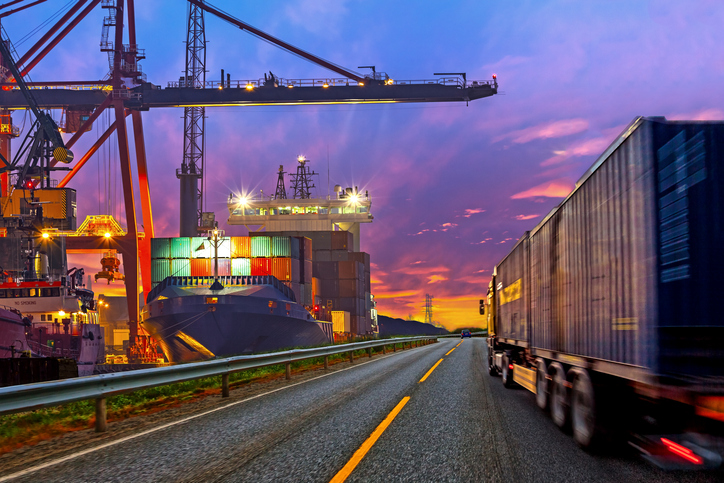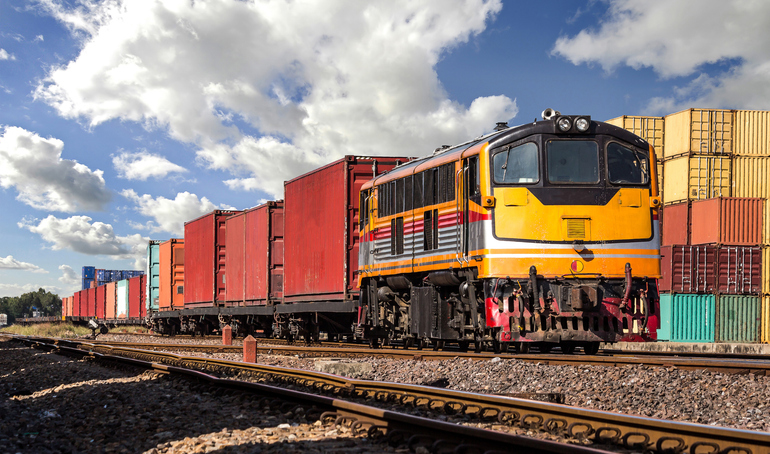
The Weekly Roar
In this week’s Roar: chances increase for a rail strike in Canada, U.S. freight trends, the 2023 State of Logistics Report, diesel prices on the way up, and details from a new Gartner report.
The potential for a rail strike in Canada has increased. Final submissions to the Canada Industrial Relations Board (CIRB) from rail companies and the union — Teamsters Canada Rail Conference — reveal that neither believe a strike would disrupt essential services or cause any serious safety issues. However, both Canadian National (CN) and Canadian Pacific Kansas City (CPKC) say they can’t operate solely on the transport of essential goods, while the union says their all-or-nothing stance violates their right to strike.
 The May 2024 Cass Transportation Index report highlights several trends in freight transportation. The Index measures overall freight volumes and expenditures, and this most recent report shows that shipments fell by 1.3% month-over-month in April, bringing volumes back down to levels last seen in the second half of 2023 and indicating a soft demand market. At the same time, expenditures increased by 1.9% month-over-month.
The May 2024 Cass Transportation Index report highlights several trends in freight transportation. The Index measures overall freight volumes and expenditures, and this most recent report shows that shipments fell by 1.3% month-over-month in April, bringing volumes back down to levels last seen in the second half of 2023 and indicating a soft demand market. At the same time, expenditures increased by 1.9% month-over-month.
The 2023 State of Logistics Report looks at issues, both positive and negative, that the industry is facing. For one, there’s the expense of maintaining and adapting supply chains amid ongoing disruptions. However, a shift toward technology — 96% of 3PLs have moved to cloud-based systems and 80% have invested in the Internet of Things (IoT) — is increasing efficiency and resilience. And there’s been a 26% increase in American imports of Mexican manufactured goods since spring 2020 highlighting the trend of reshoring.
For the first time since early April, the benchmark price for diesel in the U.S. has increased, up 7.7 cents per gallon to $3.735. This is after nine consecutive weeks of declining prices. Despite high inventory levels, analysts say it’s due to a rise in asset values, strong jobs in data, and speculative buying. It’s expected that inventories will continue to grow, indicating a potential surplus.
A new Gartner report highlights ongoing constraints in the supply chain and their implications for the industry. For example, disruptions due to geopolitical tensions, raw material shortages, and transportation bottlenecks — whether collectively or individually, they all hinder smooth operations. This is forcing companies to adjust by diversifying their supply sources, increasing inventory levels, and investing in advanced technology to help improve their visibility and resilience.
For the rest of the week’s top shipping news, check out the article highlights below.









